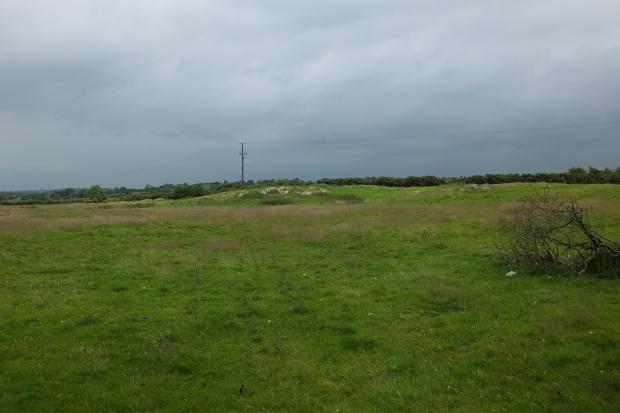
Gransha is of importance because of its geology. It is one of a series of sites that describes the Newry Igneous Complex (NIC), one of a number of granitic complexes emplaced within the Southern Uplands and Midland Valley Terranes in Ireland and Scotland during Caledonian times. This period was characterised by mountain building events following the closure of the Iapetus (proto-Atlantic) Ocean. The NIC intrudes older folded Silurian rocks and extends over an area of about 45km², from Slieve Croob in the north-east to Forkhill in south Armagh.
The NIC comprises a series of overlapping plutons consisting of a variety of acidic, intermediate and ultramafic rocks. U-Pb zircon dating method indicates that the age of the NIC is 414 to 407Ma (million years old). The north-east or the Rathfriland Pluton is the oldest at 413 to 411Ma, the central or Newry pluton is 411 to 401Ma, and the south-west or Cloghoge Pluton is the youngest at 407Ma.
The NIC featured in past international debates concerning the origin of granitic rocks; whether such rocks were derived ultimately from a magma source or whether they represent the end point of an alteration process affecting pre-existing rocks. The NIC continues to be of considerable importance for research.
Related articles
- ASSI Guidance for Public Bodies/Competent Authorities
- Coastal Areas of Special Scientific Interest
- Conservation Management Plans (CMPs)
- European Marine Sites - Marine Special Areas of Conservation and Special Protection Areas
- Introduction to Conservation Management Plans (CMPs) for Northern Ireland’s Special Areas of Conservation
- Marine Conservation Zones
- Marine Protected Areas
- Marine Ramsar sites
- Portrush Coastal Zone
- Special Areas of Conservation
- Special Areas of Conservation for Harbour porpoise
- Special Protection Areas
